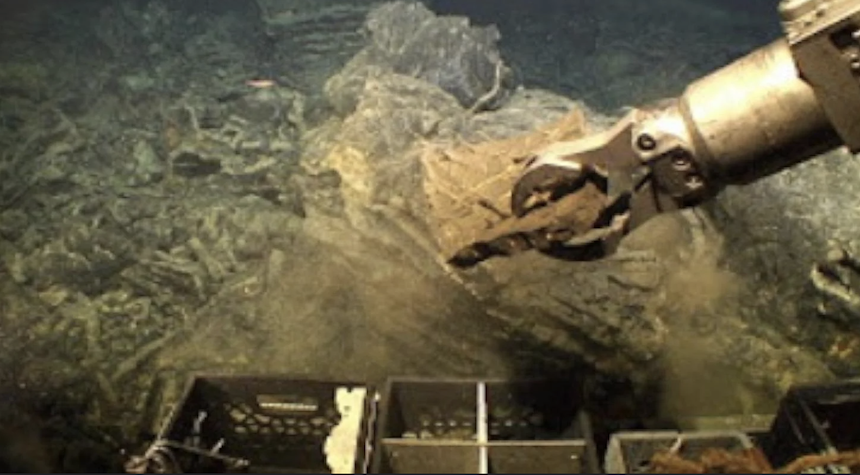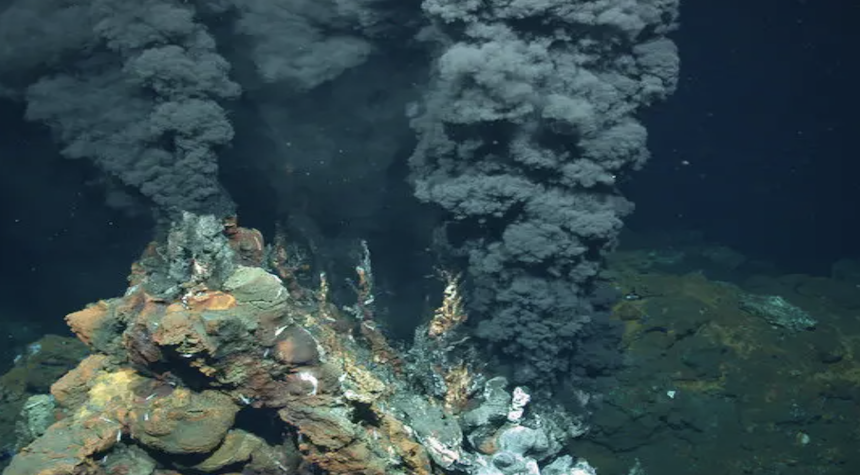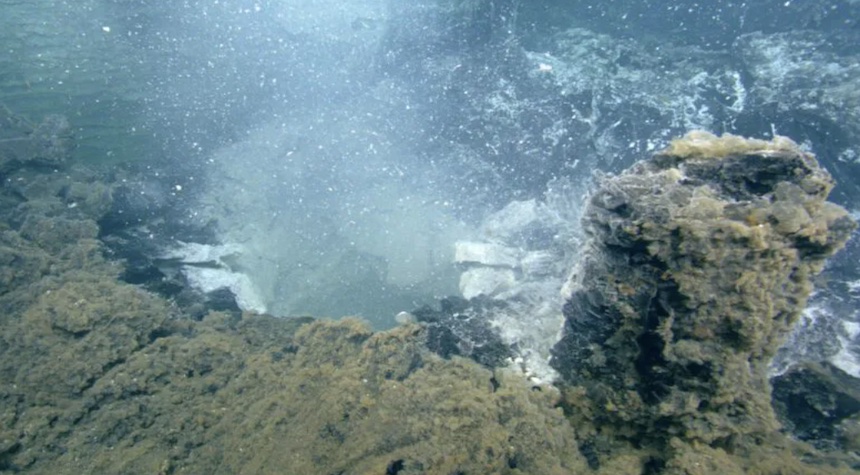In the Pacific Northwest, an underwater volcano off the coast of Oregon may be on the verge of eruption. The Axial Seamount, located approximately 300 miles offshore and nearly a mile beneath the ocean’s surface, has been exhibiting signs of increased activity in recent months.
According to researchers at Oregon State University, the volcano has been inflating since the beginning of the year, a phenomenon they describe as similar to a balloon filling with molten rock. This process, experts say, is often a precursor to volcanic activity.
In June, instruments recorded over 2,000 earthquakes in a single day near the seamount. While the rate of seismic activity has fluctuated, scientists maintain that these tremors are consistent with pre-eruption behavior.

The Axial Seamount has a history of periodic eruptions. Since monitoring began three decades ago, the volcano has erupted in 1998, 2011, and 2015. This pattern, researchers suggest, indicates a high likelihood of another eruption before the end of this year.
While this submarine volcano is active, its remote location and depth pose no immediate threat to coastal communities or maritime traffic. However, the broader implications of this volcanic activity are significant for scientific research.
The underwater observatory is made possible by an extensive network of fiber optic cables and seafloor instruments. These tools provide scientists with real-time data on seismic activity and environmental conditions around the volcano.

This raises important questions about the potential for predicting volcanic eruptions on land, where the consequences for human populations could be far more severe. The Axial Seamount, therefore, serves as a valuable natural laboratory for volcanologists.
Additionally, researchers are studying the unique microbial life forms that thrive in the extreme conditions near the volcano. These organisms, adapted to high temperatures and pressures, may offer insights into the early evolution of life on Earth and play crucial roles in global chemical cycles.


